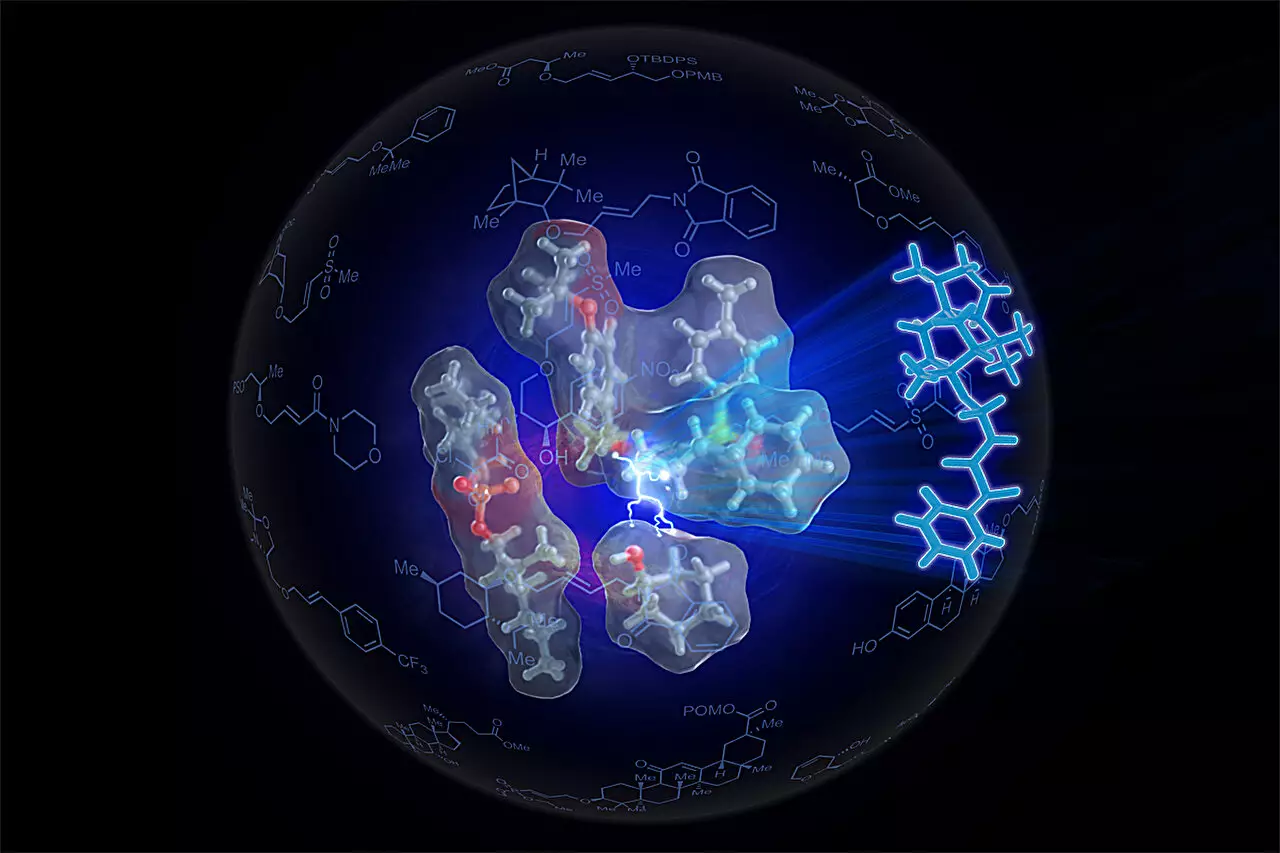In recent advancements within the field of chemistry, researchers at the University of Illinois Urbana-Champaign have made significant strides in simplifying the synthesis of ethers. These compounds are vital ingredients found in a myriad of products including pharmaceuticals, food items, and personal care products. The newly developed catalyst streamlines the complex process traditionally associated with ether synthesis by leveraging innovative techniques inspired by natural enzymes. This development, led by Professor M. Christina White and her team, marks an important evolution in chemical synthesis, allowing for greater efficiency and effectiveness in producing ethers that were previously difficult to attain.
The conventional method for synthesizing ethers involves a rather inefficient and labor-intensive process. Typically, the method requires an alcohol and an alkene, which, when combined, fail to react unless the alcohol is activated. This activation not only creates intermediate products but also necessitates large quantities of materials to achieve a useful yield, leading to excessive waste. Graduate student Sven Kaster, who was instrumental in this study, pointed out the limitations inherent in traditional protocols, emphasizing their impracticality for the synthesis of complex and valuable chemical components.
The situational disadvantages of these established methods motivated the research team to explore alternative solutions that would mitigate the challenges while enhancing the efficiency of ether production. Their goal was twofold: to minimize material usage and to devise a simple and effective alternative to activate the reactants.
The researchers drew significant inspiration from natural processes, particularly from enzymes, which serve as highly efficient catalysts in biological systems. Enzymatic reactions are characterized by the precise alignment and proximity of reactants, ensuring that they interact optimally. By studying these biological catalysts, the research team was able to take crucial steps towards developing their own innovative catalyst—dubbed SOX. This new small-molecule catalyst employs palladium to break the bonds within alkenes, allowing them to effectively react with alcohols.
However, merely enhancing the reactivity of alkenes was insufficient for successful synthesis. The team recognized the need for a catalyst designed with specific geometric and electronic features to ensure that the alcohol and activated alkene would interact in the correct orientation. Professor White analogized this to a social interaction, suggesting that “just as two people need to be close and facing each other to hold hands, our catalyst had to bring together the appropriate components in a way that maximized their interaction.” They achieved this by creating a refined version of their catalyst named Sven-SOX.
Using the innovative Sven-SOX catalyst, the research team successfully synthesized over 130 different ethers, some of which had previously posed considerable challenges during synthesis. The versatility of the catalyst lies in its ability to accommodate bulky components that are usually difficult to manipulate within traditional synthesis frameworks. Kaster insisted on the significant advantage this method presents: “We’ve opened the door to create ethers previously deemed impossible, thus unveiling the potential for new and useful functionalities.”
Moreover, the simplification of the synthesis process allows for milder reaction conditions, which is particularly beneficial for sensitive compounds. By utilizing less material and enabling fewer steps, the new approach to ether synthesis has been degraded down to a procedure easily understood—even by a middle school student.
Looking ahead, the research team is excited to delve deeper into other classes of chemical syntheses using small-molecule catalysts that mimic the efficiency of biological enzymes. The broader implications of their findings extend well beyond ethers, offering a new lens through which chemists can approach catalyst design. This pioneering work underscores the vital role of foundational science, highlighting how developed methodologies inspired by nature can lead to transformative practices in synthetic chemistry.
This new catalyst not only enhances the practical application of ether synthesis but also opens up channels for future explorations in organic chemistry. By thinking like the enzymes found in nature, chemists can unlock novel pathways for synthesis, ensuring that the art of chemical production becomes increasingly efficient and sustainable.


Leave a Reply